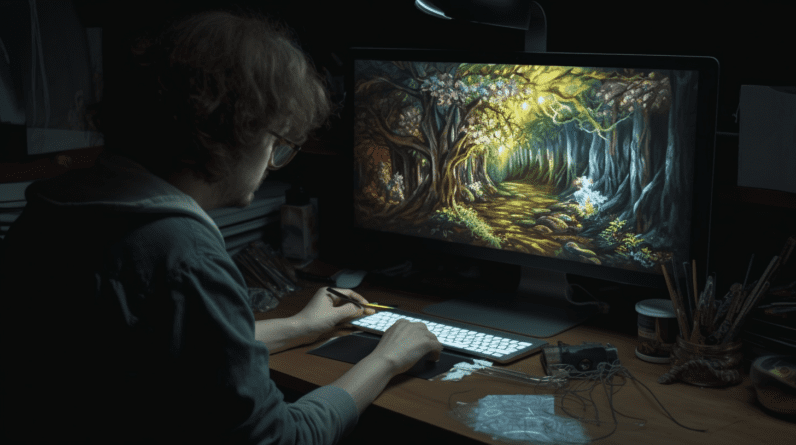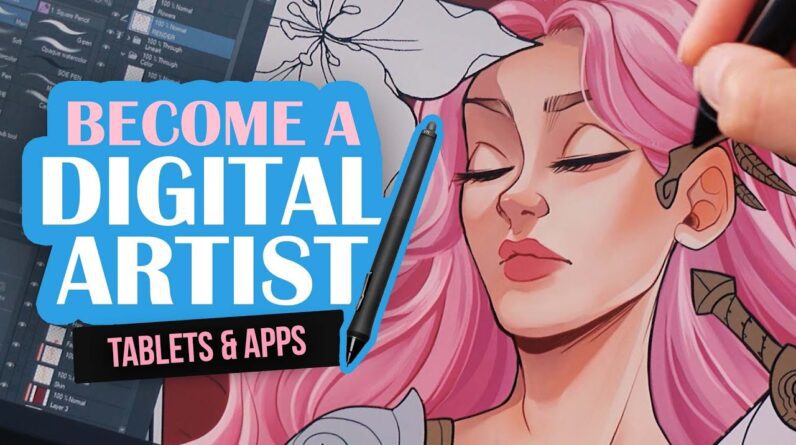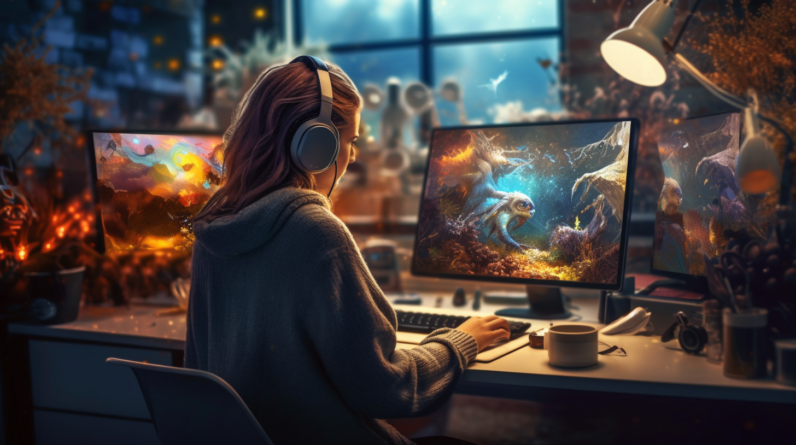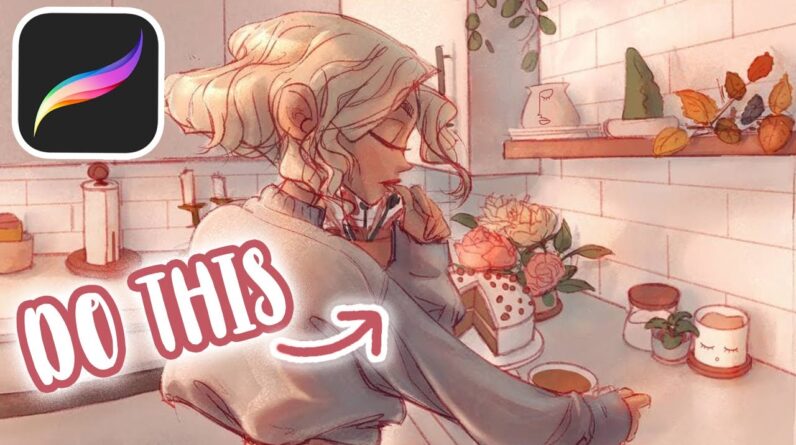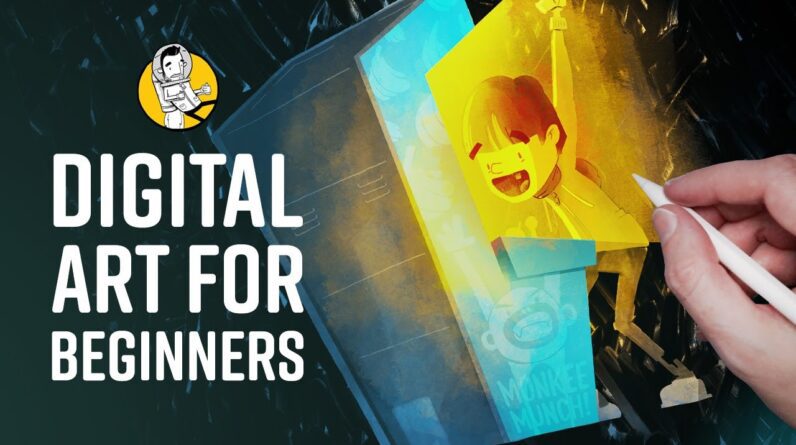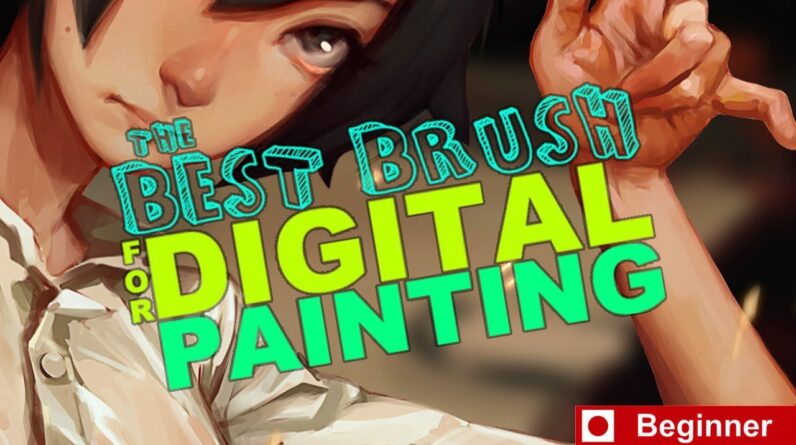
As a beginner in the world of digital painting, finding the perfect brush can feel like a daunting task. With so many options and techniques to consider, it’s easy to feel overwhelmed and unsure of where to start. That’s why we’ve created the ultimate guide to help you find the perfect brush for your digital painting needs. Whether you’re a hobbyist or aspiring professional, our guide will provide you with the knowledge and tools necessary to create stunning works of art. So sit back, grab your tablet and let’s dive into the world of digital painting brushes together.
Introduction:
Digital painting has become increasingly popular in recent years due to the rise of technology and advancements in tools, software, and techniques. With the increased demand for digital painting, finding the perfect brush has become more important than ever. As a beginner, it can be overwhelming to choose the right brush to use for your artwork. In this ultimate guide, we will explore the different types of brushes available, their uses, and how to choose the perfect brush for your digital painting needs.
Types of Brushes:
- Hard-edged Brush:
The hard-edged brush is ideal for creating sharp and straight lines. This brush is commonly used for architectural designs, graphic designs, and precise line art. - Soft-edged Brush:
The soft-edged brush is perfect for creating fluid and organic lines. This brush is ideal for creating natural textures, brush strokes, and blending. - Custom Brushes:
Custom brushes are created by artists to meet specific needs. These brushes can be designed to mimic natural textures like hair, foliage, or clouds.
Choosing the Perfect Brush:
There are several factors to consider when choosing the perfect brush for digital painting.
- The Type of Artwork:
Consider the type of artwork you want to create. If you are creating bold and graphic designs, a hard-edged brush may be the perfect fit. If you aim to create more organic artwork with flowing lines and details, a soft-edged brush could be a better option. - The Size of Artwork:
Choose a brush size that fits the size of your artwork. A larger brush is ideal for creating broad strokes and filling in larger areas, whereas a smaller brush is perfect for adding detail and intricate designs. - The Software and Hardware:
Different painting software and hardware can affect the performance of brushes. It is essential to choose brushes that are compatible with your software and hardware to ensure the best results.
FAQs:
- Can I use traditional artist brushes for digital painting?
Ans. Traditional artist brushes may not work on digital platforms and can sometimes damage your hardware. It is recommended to use specifically designed digital brushes. - Can I edit custom brushes?
Ans. Yes, custom brushes are editable, allowing you to adjust size, shape, and texture. - Can I use different brushes for the same piece of artwork?
Ans. Yes, you can use different brushes for the same piece of artwork to create different effects and textures. - How often should I change my brush?
Ans. You should change your brush if it becomes damaged or outdated. Otherwise, you can continue to use it until it no longer meets your needs. - Where can I find good digital brushes?
Ans. Many digital artists share their brushes, and there are also many online marketplaces where you can buy and download brushes.
Conclusion:
The perfect brush for digital painting will vary depending on the artwork you want to create, your software and hardware, and your individual preferences. By understanding the different types of brushes available and how to choose the perfect brush, you can create stunning digital artwork that meets your needs and exceeds your expectations. With the right brush, you can take your digital painting skills to the next level.

